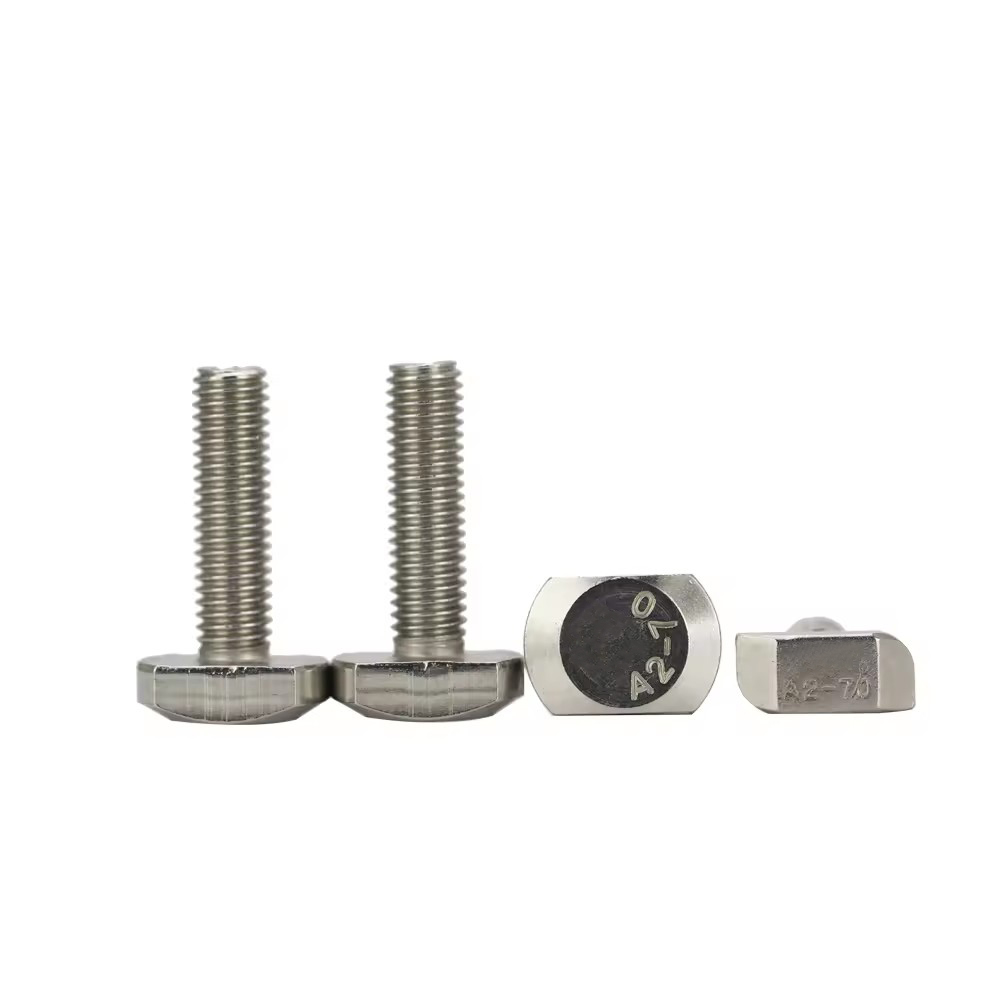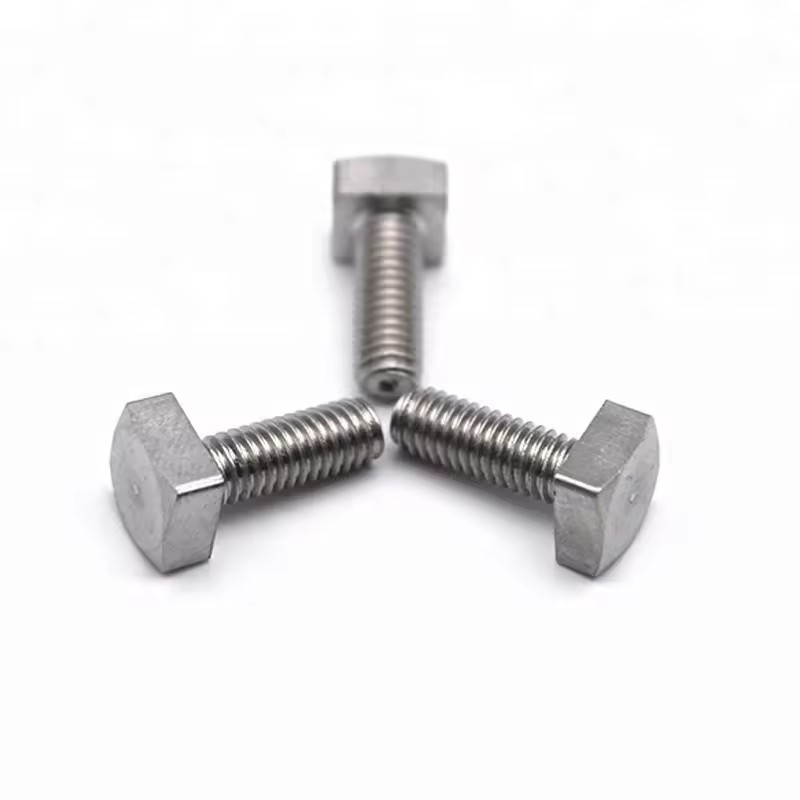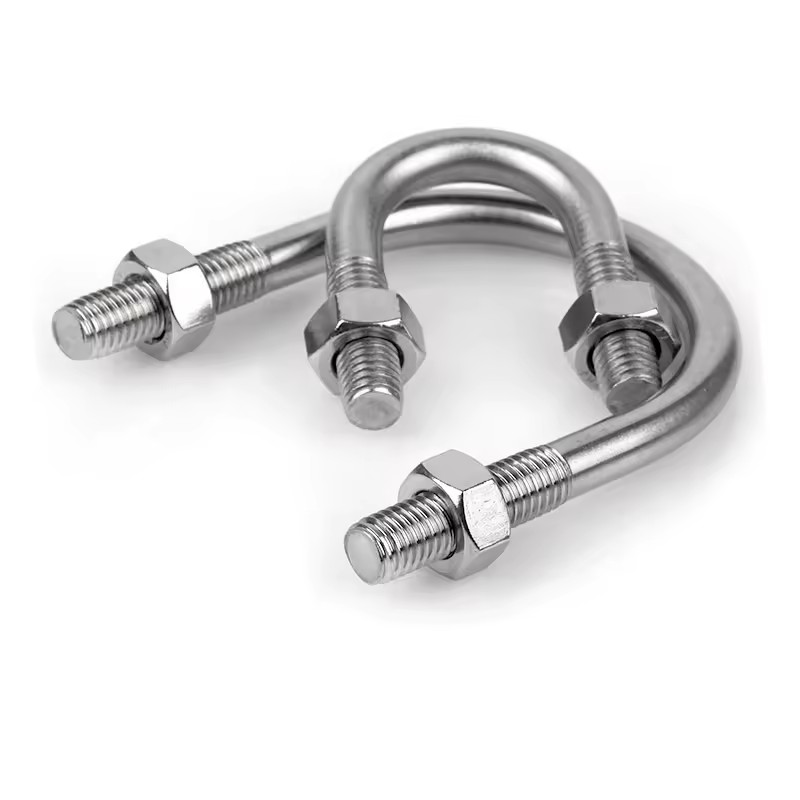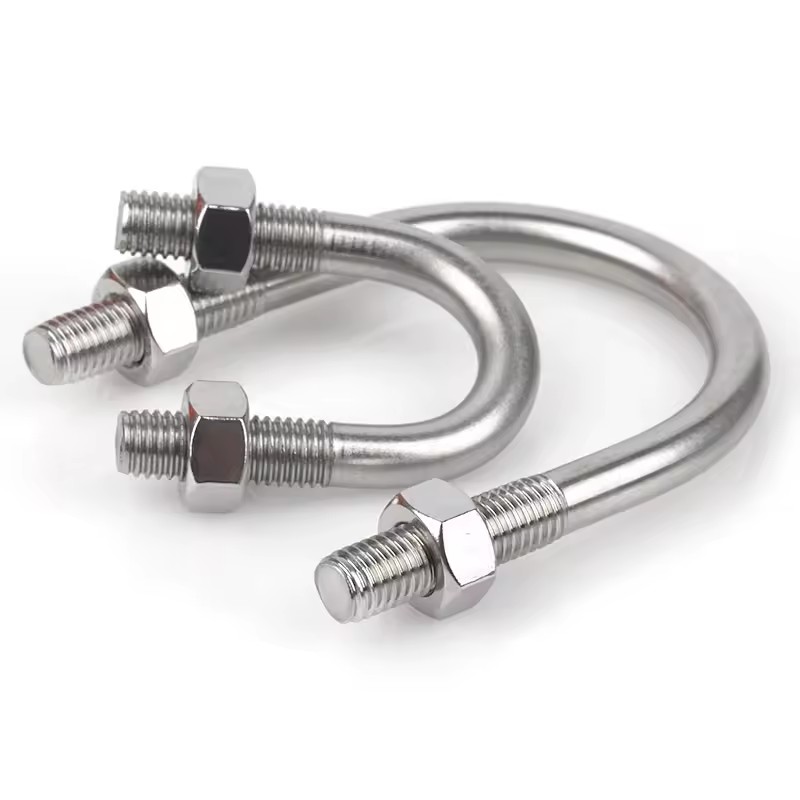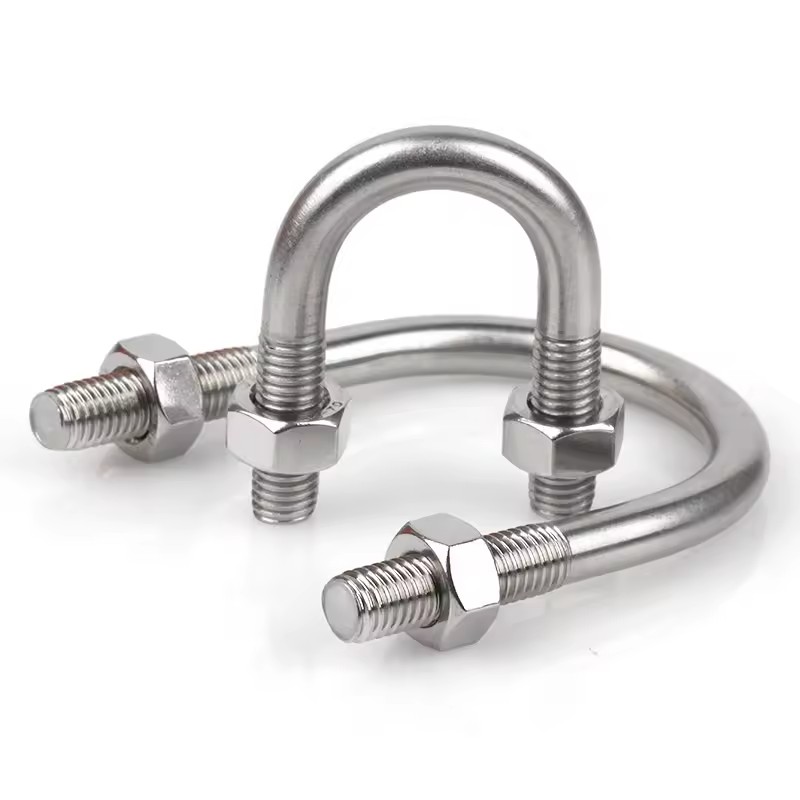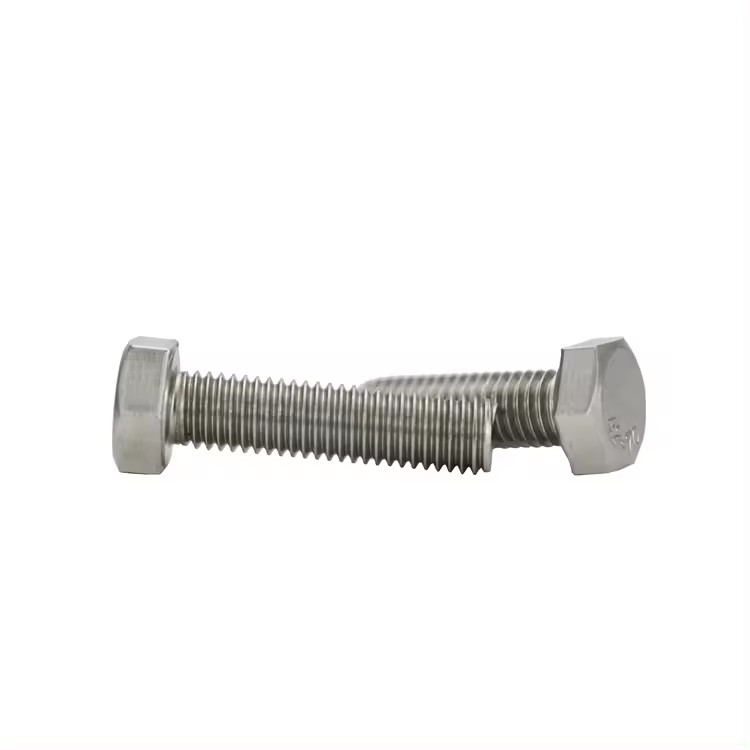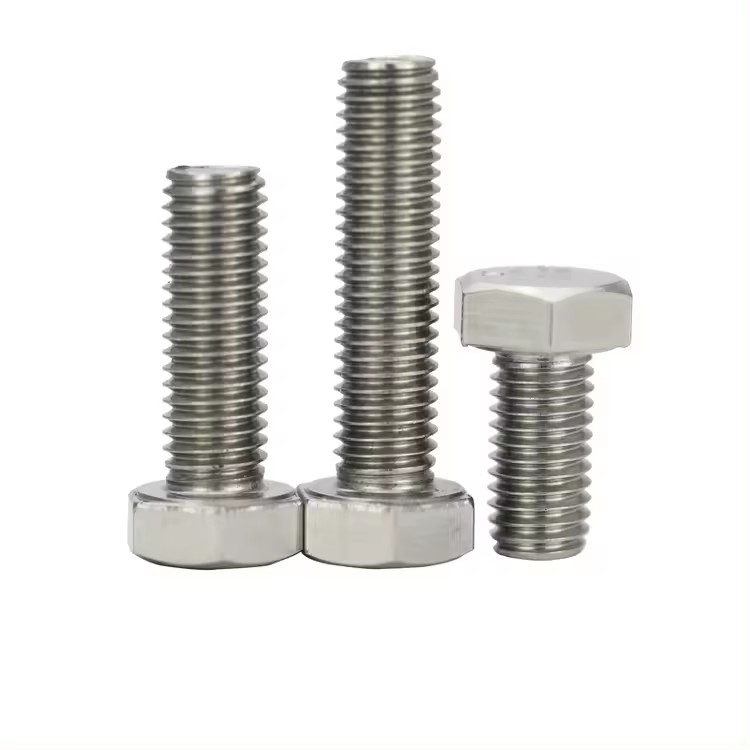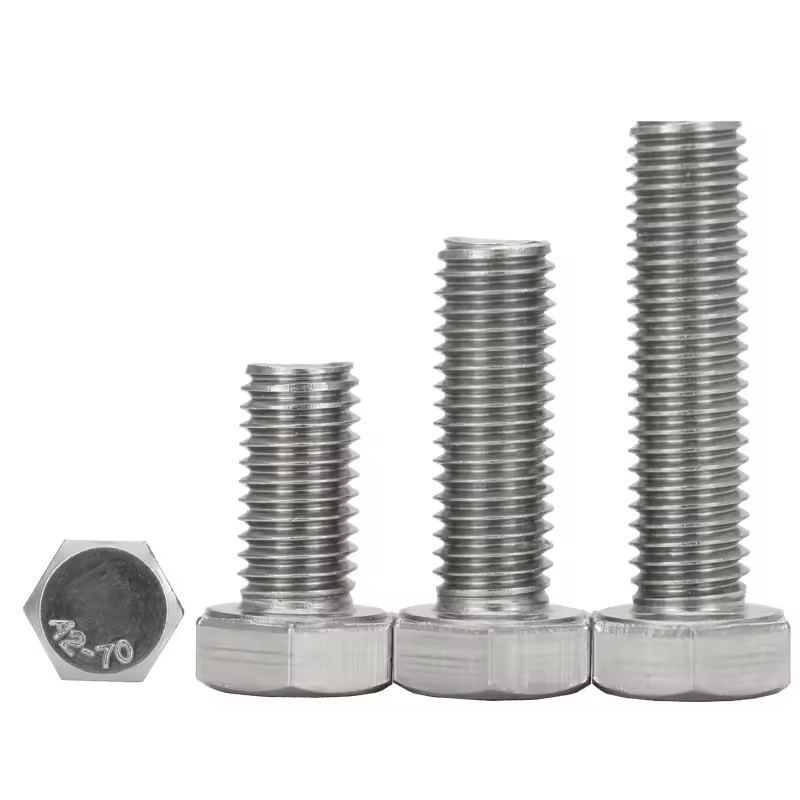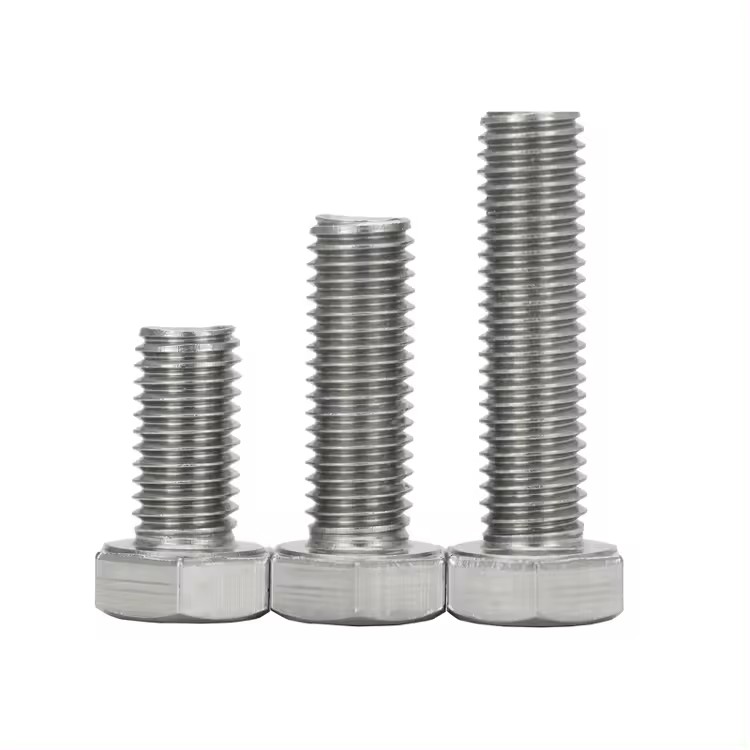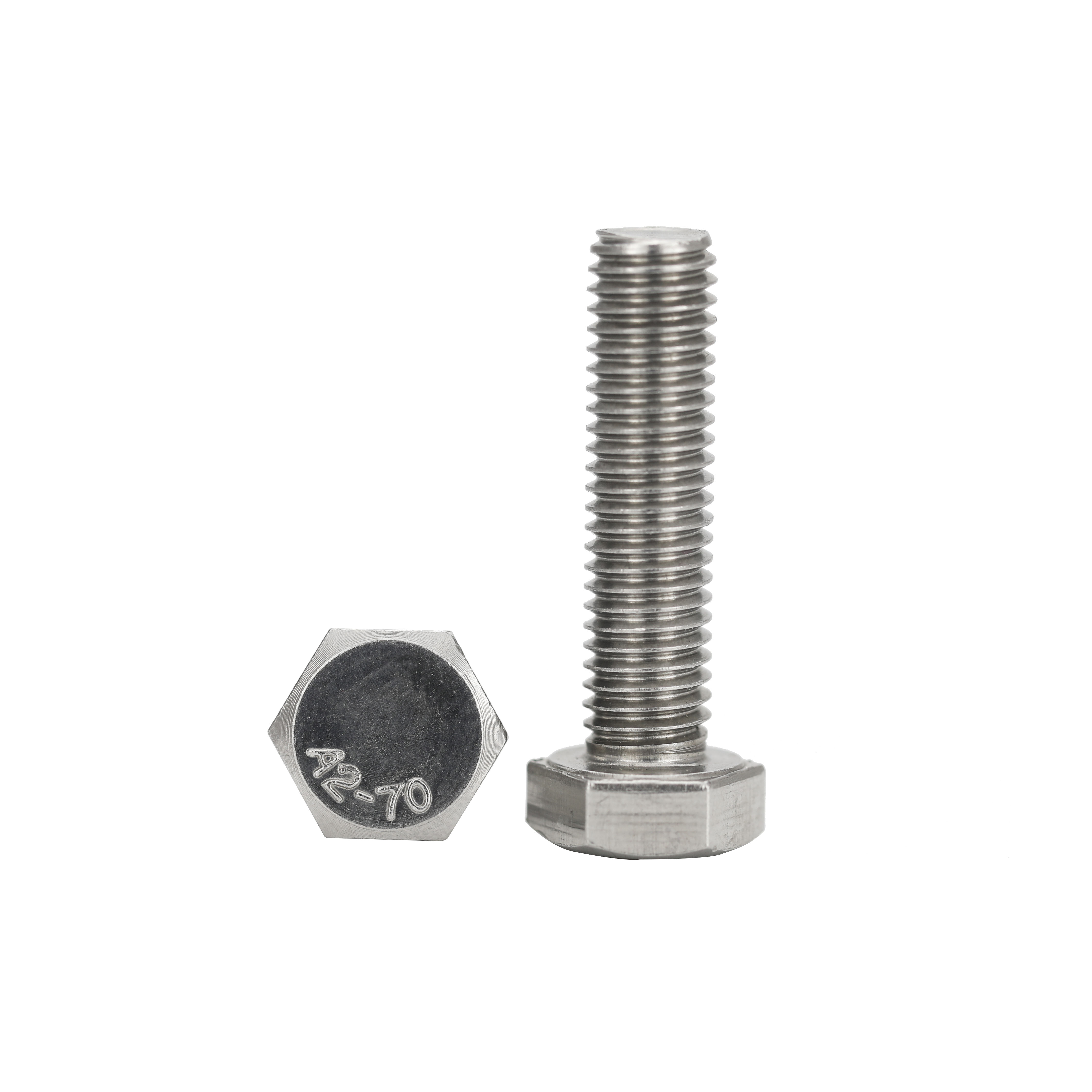Wedge anchor bolt is essential components in construction and engineering projects where secure fastening to concrete or masonry surfaces is required. These bolts are widely used to hold structural elements, heavy machinery, and safety equipment in place. Ensuring proper load support with wedge anchor bolts is critical for the safety, stability, and longevity of any construction or industrial project. Understanding the selection, installation, and maintenance of wedge anchor bolts can prevent failures and provide reliable performance over time.
Understanding Wedge Anchor Bolts
A wedge anchor bolt is a type of expansion anchor designed to provide strong and permanent attachment to solid materials such as concrete. Its design typically consists of a threaded stud and an expansion sleeve that expands when the bolt is tightened. This expansion creates friction against the concrete, securing the bolt in place. The performance of a wedge anchor bolt depends on several factors, including material quality, bolt diameter, embedment depth, and proper installation techniques.
Wedge anchor bolts are preferred in applications that require high load capacity and resistance to vibration or movement. They are commonly used to secure steel columns, machinery bases, railings, and structural supports. Their holding strength is influenced by the type of concrete, the condition of the surface, and the installation method.
Selecting the Right Wedge Anchor Bolt
Choosing the correct wedge anchor bolt is the first step in ensuring proper load support. Key factors to consider include the following:
1. Material Type
Wedge anchor bolts are available in different materials such as carbon steel, stainless steel, and zinc-plated steel. Each material has specific properties that make it suitable for particular environments. Stainless steel bolts, for example, offer excellent resistance to corrosion and are suitable for outdoor or humid environments. Carbon steel bolts may be more cost-effective for indoor applications where exposure to moisture is limited.
2. Diameter and Length
The diameter and length of the bolt must match the load requirements of the project. A larger diameter increases the surface area in contact with the concrete, providing greater holding strength. The length of the bolt should ensure adequate embedment depth, typically three to four times the diameter of the bolt. Shallow embedment may lead to insufficient load support, while excessive embedment can be unnecessary and may complicate installation.
3. Load Requirements
Calculating the expected load is critical for selecting the correct bolt. Load includes both static weight and dynamic forces such as vibration or wind pressure. Engineers often refer to load charts provided by manufacturers or consult building codes to ensure the chosen bolt can safely support the intended weight. Overloading a wedge anchor bolt can cause failure, leading to structural damage or safety hazards.
Preparing the Installation Site
Proper preparation of the installation site is vital for achieving optimal load support. Key steps include:
1. Surface Inspection
Inspect the concrete or masonry surface to ensure it is solid and free of cracks, chips, or dust. Weak or deteriorated concrete may not provide sufficient holding strength, even with correctly installed bolts. Any surface defects should be repaired before installation.
2. Drilling Accurate Holes
The diameter of the drilled hole must match the specifications of the wedge anchor bolt. Using a drill bit that is too large can reduce friction and holding power, while a hole that is too small can make installation difficult or damage the bolt. The depth of the hole should accommodate the bolt length, leaving a small clearance at the bottom to ensure proper expansion.
3. Cleaning the Hole
After drilling, it is essential to clean the hole thoroughly to remove dust, debris, and loose concrete particles. A clean hole allows the wedge anchor bolt to expand fully and achieve maximum friction with the surrounding material. Common cleaning methods include using compressed air, a wire brush, or a vacuum designed for construction use.
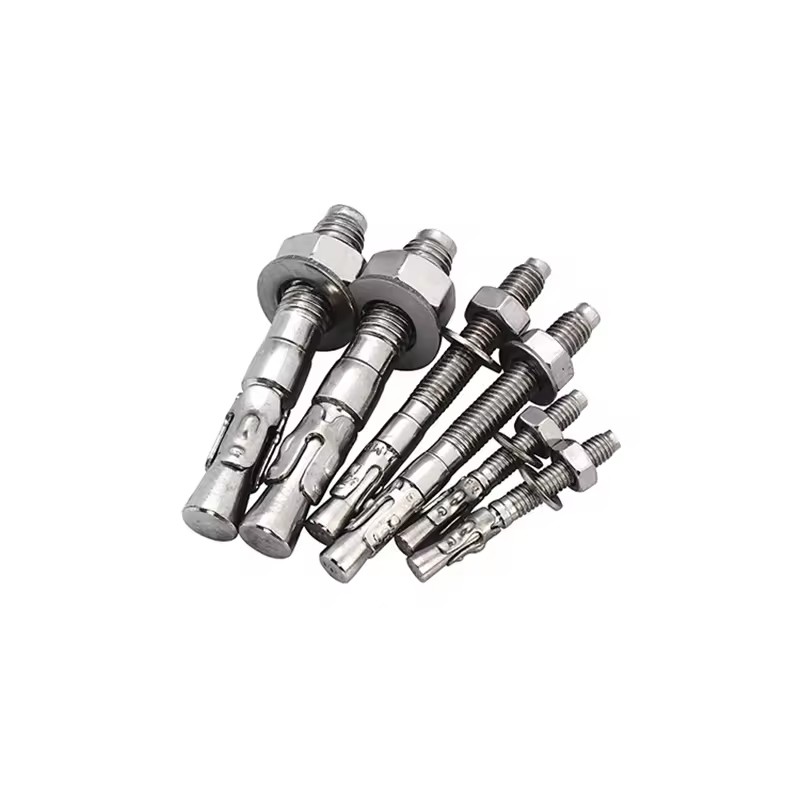
Installing Wedge Anchor Bolts
Correct installation is crucial for ensuring load support. The process typically involves the following steps:
1. Insert the Bolt
Insert the wedge anchor bolt into the drilled hole until the washer and nut rest against the surface. The bolt should fit snugly but should not be forced in a way that could damage the expansion sleeve.
2. Tighten the Nut
Tighten the nut gradually using a wrench or torque tool. As the nut is tightened, the wedge at the base of the bolt expands, pressing against the sides of the hole. This expansion creates the friction and mechanical interlock that provide load support. Over-tightening can damage the bolt or the concrete, so it is important to follow recommended torque specifications.
3. Verify Alignment
Ensure the attached component is properly aligned before fully tightening the bolt. Misalignment can create uneven load distribution, reducing the effectiveness of the wedge anchor and potentially causing structural issues.
Factors Affecting Load Support
Several factors can influence the performance of wedge anchor bolts:
1. Concrete Strength
The strength of the concrete affects the bolt’s holding power. Higher-strength concrete provides better resistance to pullout forces. It is important to use concrete with adequate compressive strength as specified in project requirements.
2. Environmental Conditions
Temperature, moisture, and chemical exposure can impact the longevity of wedge anchor bolts. For outdoor installations or areas exposed to moisture, stainless steel bolts are recommended. Harsh chemicals or deicing salts may require additional protective coatings.
3. Load Type
Static loads apply constant pressure, while dynamic loads fluctuate over time. Wedge anchor bolts installed under dynamic conditions should be selected with a higher safety factor to prevent loosening or failure.
Maintenance and Inspection
Regular maintenance and inspection help ensure continued load support. Key practices include:
1. Visual Inspection
Check for signs of corrosion, loosening, or damage. Nuts should be tight, and any movement of the attached component should be minimal.
2. Retightening
Over time, vibration or settling may reduce bolt tension. Periodically retightening the nuts can restore proper load support.
3. Replacing Damaged Bolts
If a wedge anchor bolt shows signs of wear, corrosion, or cracking, it should be replaced immediately. Using damaged bolts can compromise structural integrity and safety.
Conclusion
Ensuring proper load support with wedge anchor bolts requires careful attention to selection, installation, and maintenance. Choosing the correct material, size, and load rating, preparing the installation site properly, and following accurate installation procedures all contribute to reliable performance. Regular inspection and maintenance help prevent failures and extend the life of the fastened structure. By understanding these principles, engineers, contractors, and builders can achieve safe and durable connections that meet the demands of modern construction and industrial applications.
Wedge anchor bolts may seem simple, but their proper use is critical in supporting structures, machinery, and equipment. Attention to detail during every stage ensures that these bolts provide the strength and reliability needed for long-term performance.


